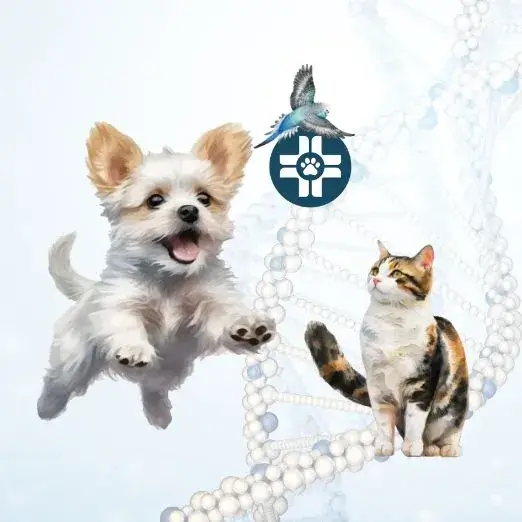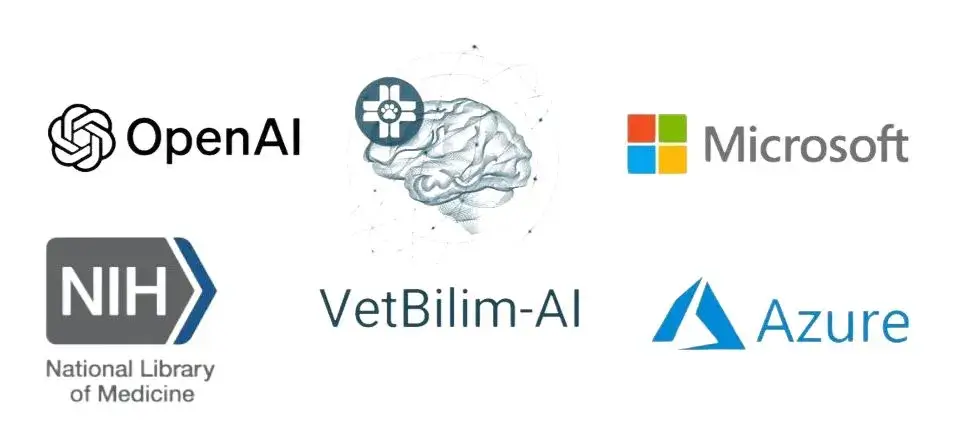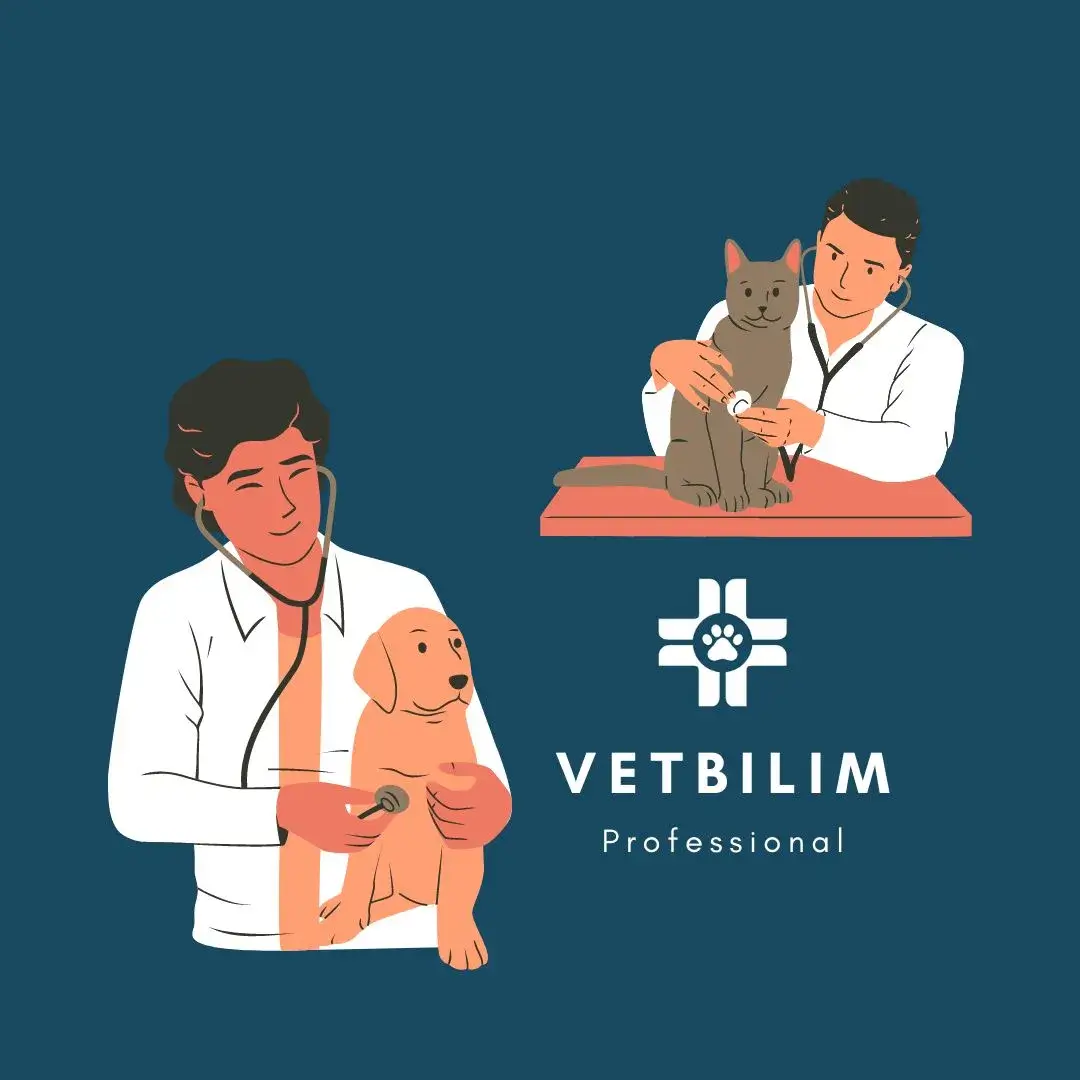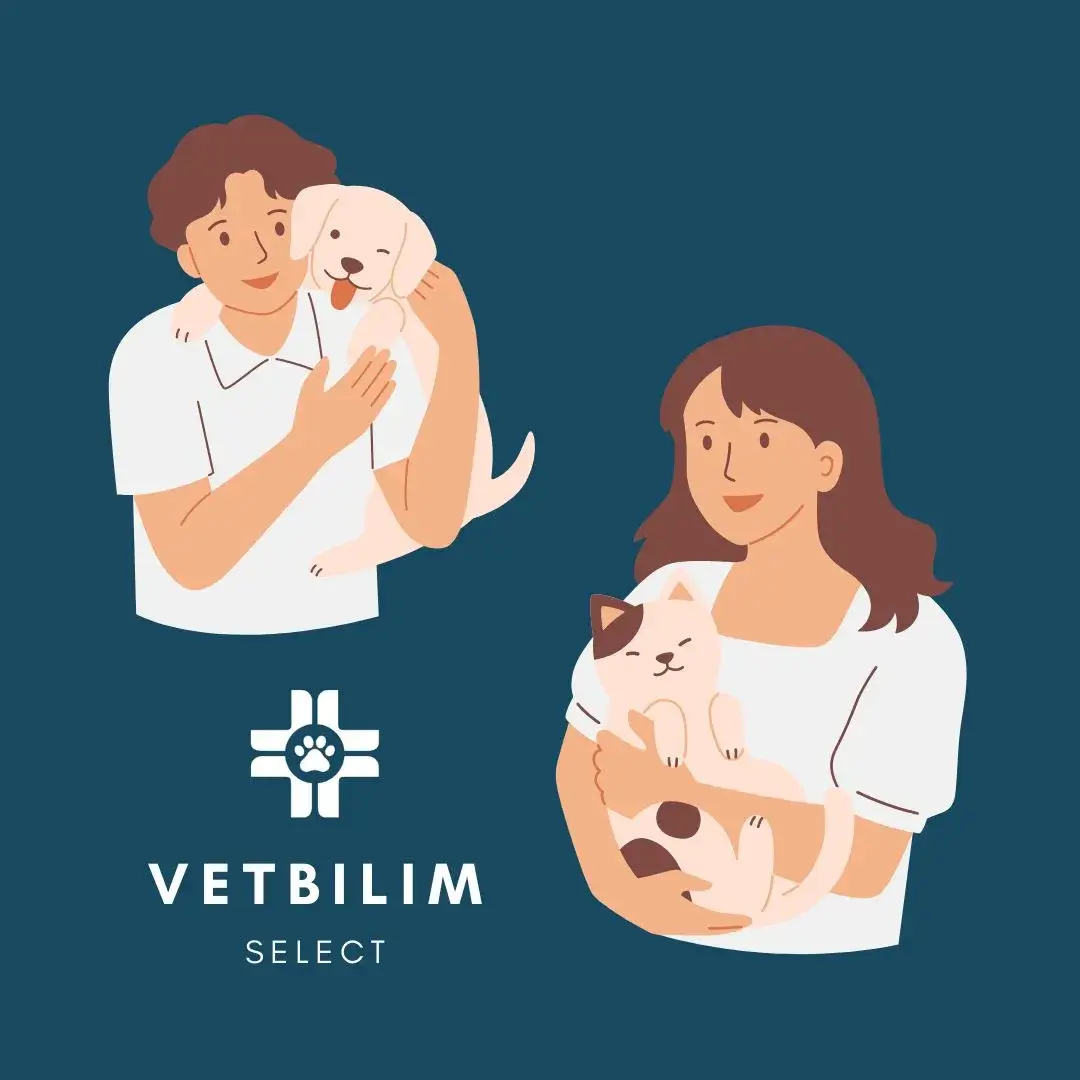Health starts with data.
As VetBilim, we provide assistance in early diagnosis, accurate identification, and effective treatment in animals through artificial intelligence and scientific knowledge, alleviating the concerns of pet owners and veterinarians.
There are no subscriptions. Pay as much as you need.

Two versions, a unifying goal:
Early diagnosis, correct diagnosis and correct treatment
VetBilim's artificial intelligence always supports you.
The power of Artificial Intelligence and VetBilim in Veterinary Medicine:
In the veterinary world, early diagnosis and effective treatment of diseases is one of the most important elements of protecting the health of our animal friends. Thanks to today's rapidly developing technology, artificial intelligence provides great support to veterinarians in this field. So, how does artificial intelligence help?
arrow_forward VetBilim Select arrow_back
Artificial Intelligence in Early Diagnosis
Artificial intelligence has a remarkable ability to analyze complex data and recognize signs of disease in the early stages. By processing large datasets such as animals' health history, genetic information, and current symptoms, AI can quickly detect potential health issues. This allows veterinarians to make an accurate diagnosis and intervene early. Early diagnosis ensures that the treatment processes are more successful and that the animals lead a healthy life.
arrow_forward VetBilim Select arrow_back
Artificial Intelligence in Disease Treatment
Artificial intelligence also offers great advantages in the treatment process. In the creation and management of treatment plans, VetBilim guides veterinarians by offering the most appropriate solutions to the individual needs of the patient. Especially in the management of chronic diseases, VetBilim determines the most effective treatment methods with continuous monitoring and data analysis. Thanks to this, the treatment processes become more efficient and the healing process of the animals is accelerated.
arrow_forward VetBilim Select arrow_back
Support for Veterinarians
VetBilim reduces the workload of veterinarians, saving them more time and energy. By automating routine tasks and speeding up diagnosis and treatment processes, veterinarians can focus more on caring for animals. In addition, thanks to the data-driven insights offered by VetBilim, veterinarians can make more informed decisions and choose the best treatment methods.
arrow_forward VetBilim Select arrow_back
Make a Difference with VetBilim
Unlike other artificial intelligence systems on the market, VetBilim aims to help the health of animals in the best way based on the literature, using both high technology and special algorithms developed by itself. Thanks to the advanced functions of VetBilim, some inquiries are carried out with up to 80 additional inquiries in the background, increasing the accuracy of the results and the welfare of the animals.
Science solves many problems in the use of artificial intelligence (correctly). Most people struggle to create effective prompts, especially in the veterinary field. VetBilim conducts accurate and comprehensive research by converting users' inputs into high-quality prompts if necessary. In this way, pet owners and veterinarians can effectively achieve the best results.
arrow_forward VetBilim Select arrow_back
Cost Reduction
Artificial intelligence also plays an important role in reducing costs in veterinary services. Thanks to the early diagnosis of diseases and the determination of the right treatment methods, unnecessary tests and treatments are prevented. In addition, automating routine tasks and increasing efficiency reduces the operational costs of veterinary clinics. This, in turn, leads to more cost-effective healthcare services for animal owners.
arrow_forward VetBilim Select arrow_back
Better Lab Outcome Assessments
VetBilim provides superior support to veterinarians in the evaluation of laboratory results. Even in the subclinical phase, when the symptoms of the disease have not yet become clear, VetBilim detects possible health problems at an early stage by analyzing microscopic data. In this way, veterinarians have a chance to intervene early and prevent the progression of diseases. In the advanced phase, VetBilim monitors the course of the disease by analyzing detailed data and evaluates the effectiveness of the treatment processes. Thanks to VetBilim's interdisciplinary training and extensive data analysis capabilities, it can evaluate laboratory results more comprehensively. These in-depth clinical analyses help veterinarians create the most accurate treatment plans and speed up the recovery process of animals.
arrow_forward VetBilim Select arrow_back
Integration with wearable devices (e.g. collars)
VetBilim continuously monitors the health status of animals by providing an integration with wearable devices. By instantly analyzing data from wearable technologies such as collars, VetBilim continuously monitors the activities, sleep patterns and health parameters of animals. This data allows them to detect possible health problems at an early stage. Currently, there are providers on the market that can identify serious diseases such as cancer with such wearable devices. Thanks to the in-depth clinically minded integration of VetBilim, it is possible to closely monitor the health status of the animals and to intervene quickly when necessary.
arrow_forward VetBilim Select arrow_back
Result
VetBilim is a technology that shapes the future of veterinary medicine and animal owners with the use of effective artificial intelligence. With the benefits it provides in early diagnosis and disease treatment, it increases the quality of life of our animal friends and facilitates the work of veterinarians. With these unique advantages offered by AI, it becomes possible to protect the health of our pets at the highest level.
The issues we address with VetBilim
Possibility of early diagnosis and treatment. Improved analysis of laboratory values. Effective anamnesis. Always seek a second opinion from VetBilim. Nothing will be forgotten anymore. Euthanasia is becoming increasingly unnecessary.. Consideration of drug interactions. Effective treatment plans. Easier access to the latest research. Specific individual assessments considering the animal's medical history. Consideration of predispositions for diseases and reference values for the animal breed. And much more ...
Behind VetBilim lies a profound passion for medicine and information technology. The founder of the company cares for over 51 cats and one dog monthly, as well as more than 120 stray animals in his region.
“I founded VetBilim due to the misdiagnosis and subsequent death of my beloved first cat, Milo. Additionally, as an animal lover and pet owner, I decided to establish VetBilim to protect people and animals from the many scams, uncertainties, and lack of information I have witnessed. My goal is to ensure that no other Milos suffer the same fate.” - Erhan Tuban

Milo
Partners
Advanced Technology for Your Safety The health of animals is extremely important to us. Therefore, we collaborate with the best and most reliable resources available in the market. We obtain our information from the largest library in the field of medicine, utilize our own developed artificial intelligences, and effectively employ the artificial intelligences of various global players in the market, allowing us to provide you with the best service possible.


